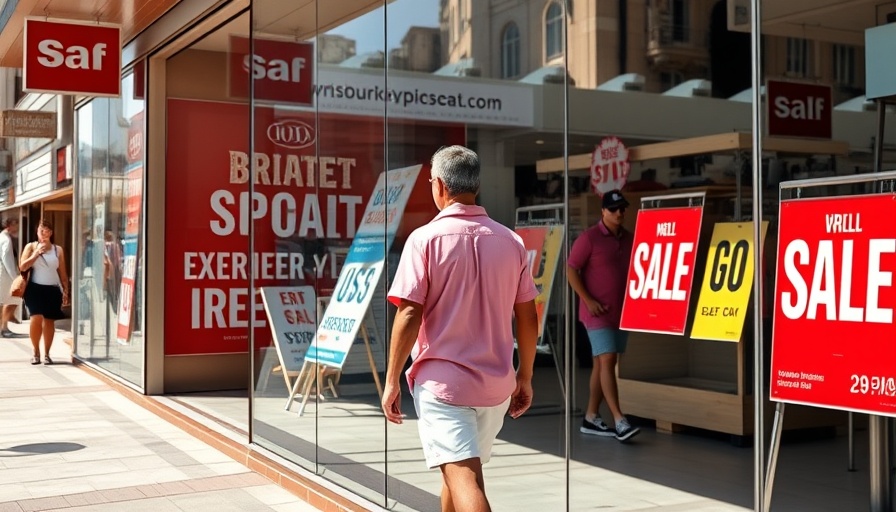
Retailers Urge You: Act Now to Save on Upcoming Price Hikes
As retailers brace for a potential drop in consumer spending due to rising prices linked to President Trump’s trade policies, many brands are urging shoppers to make purchases now. With the uncertainty surrounding tariffs and their cascading effects on the retail sector, companies are ramping up marketing efforts, blending urgency with light-hearted promotions.
The Marketing Strategy of Urgency
Brands like Beis, Bare Necessities, Fashion Nova, and Knix are not just waiting for tariffs to take effect. They are leveraging the fears surrounding these price increases as a creative marketing strategy. With the mention of tariffs front and center, retailers encourage consumers to buy products before prices escalate. Bare Necessities has employed a direct approach with a "pre-tariff sale," offering items at a 30% discount to entice shoppers to stock up. This strategy aims to drive sales and mitigate risks posed by uncertain pricing futures.
Shoppers Beware: The Looming Impact of Tariffs
For consumers, the stakes are high. If tariffs increase as predicted, prices on everyday goods could rise sharply. This situation places many retailers in an existential crisis, especially those whose products fall under discretionary spending. Experts warn that many consumers may pull back on spending as they become more cautious about their personal finances amid a broader economic uncertainty.
Global Supply Chains in Turmoil
The ramifications of these tariffs run deeper than just pricing; they threaten to disrupt global supply chains. Some businesses that import heavily from China are currently facing duties as high as 145%. Reports indicate that some companies have paused or canceled orders altogether, while others turn to alternative suppliers in countries like Vietnam and Cambodia to evade forthcoming tariffs. The scramble to secure inventory highlights the precarious nature of retail in a politically charged market.
Understanding the Consumer Perspective
It’s essential to recognize how consumers might feel about these price hikes. Many might experience anxiety or frustration as they grapple with rising costs while trying to maintain their budgets. The push from retailers to buy now pairs with concerns about potential shortages, creating a dizzying cycle of urgency that may overwhelm shoppers.
Embracing the Humor in a Taxing Situation
In an unusually humorous response to what could be perceived as a crisis, companies like Beis are using light-hearted messaging to alleviate the anxiety associated with tariffs. By adopting a funny tone, they aim to diminish the seriousness of the issue while still conveying the urgency of making purchases. This creative approach not only resonates with consumers but also adds a touch of levity to an otherwise serious economic scenario.
Future Predictions: What Lies Ahead for Retail
The retail landscape will likely continue to evolve rapidly as tariffs affect both pricing strategies and consumer behavior. Emerging trends indicate that brands might need to pivot quickly to maintain consumer interest and loyalty in the face of rising costs. Retailers that can provide value and transparency to their customers may emerge as leaders in this challenging environment.
Understanding these dynamics is crucial for consumers as they navigate their purchasing decisions in a volatile market. If shoppers arm themselves with knowledge and awareness, they can make informed choices about when and what to buy. While the threat of tariffs looms large, the best response may be to stay informed and proactive in shopping habits.
As we brace for the economic impacts shaped by political decisions, it’s essential for consumers to consider their purchasing power carefully. Make smart choices now to avoid being caught off guard by future increases in prices.
 Add Row
Add Row  Add
Add 




Write A Comment